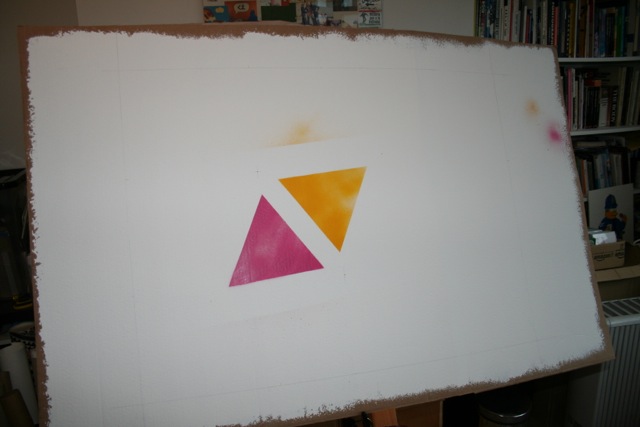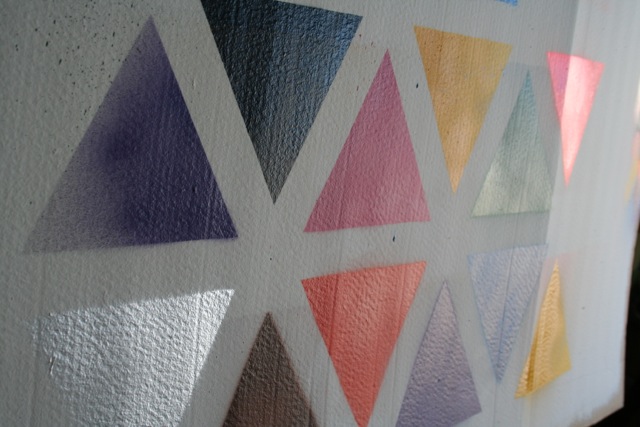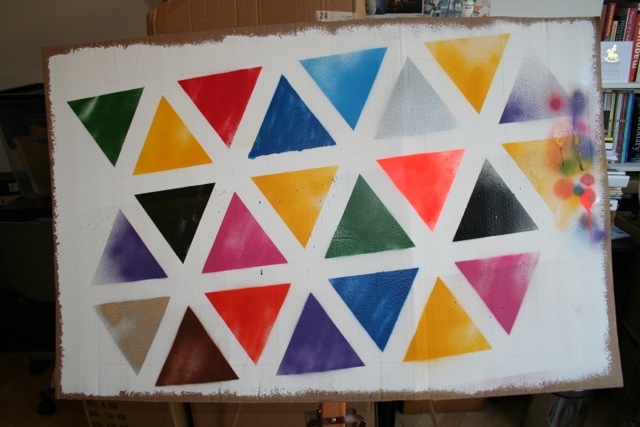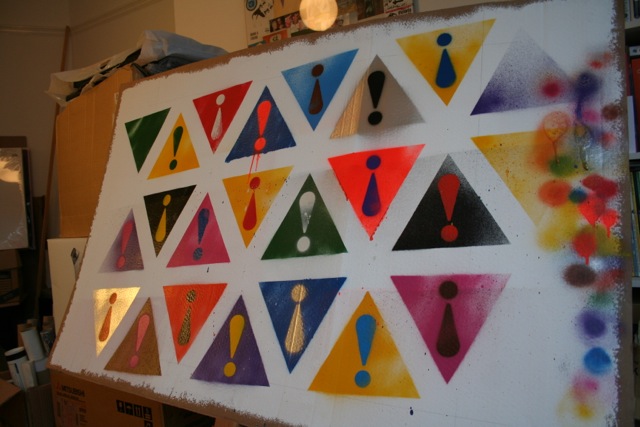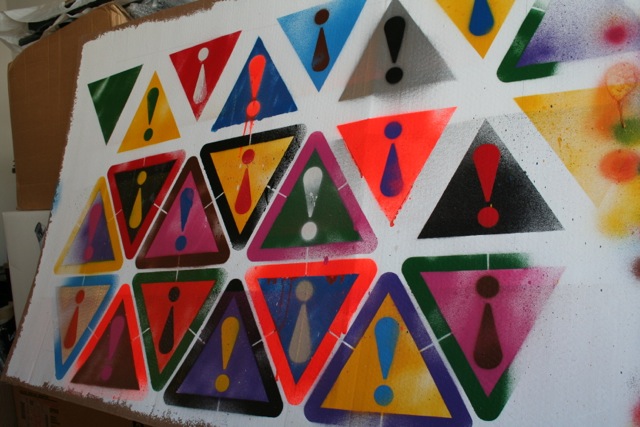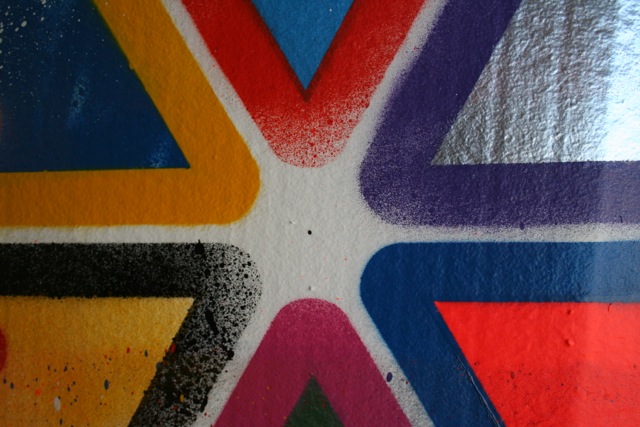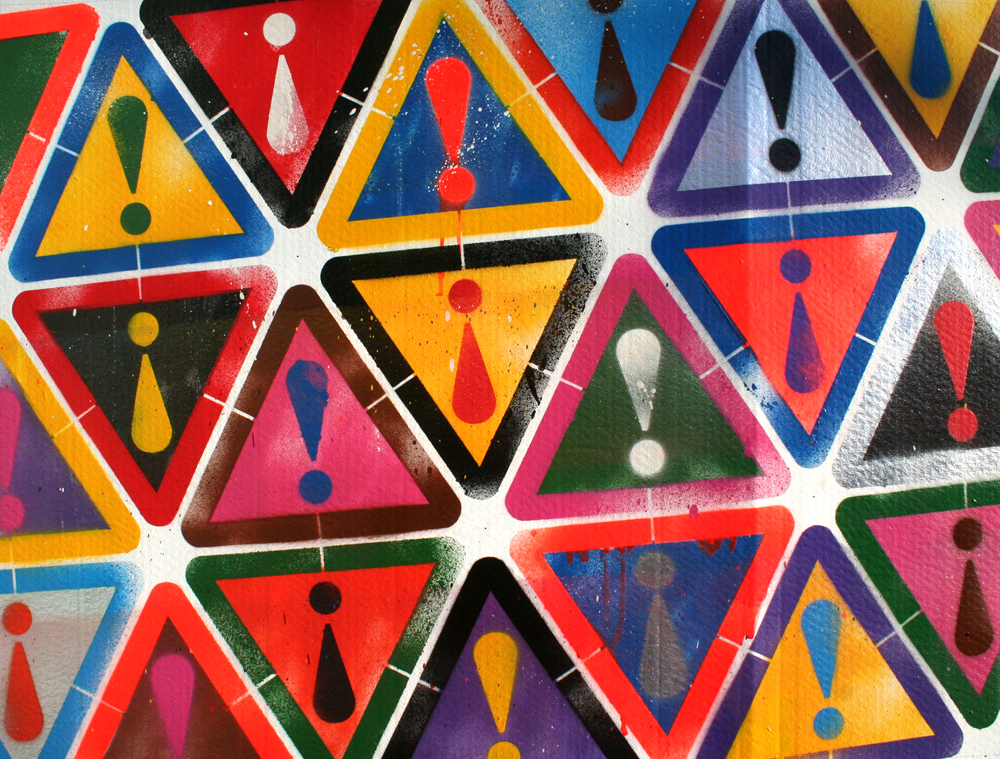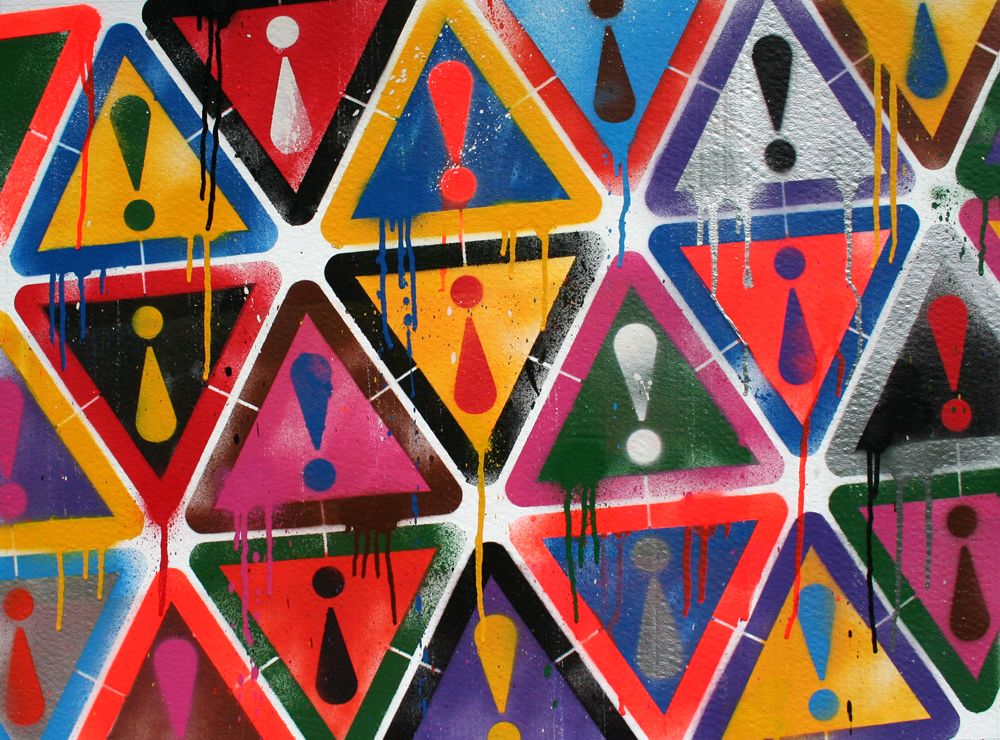[ Responses to some of the comments I received after the Mid Point Review presentation – from the typed Skype chat session on 24 June 2013. ]
Matt: “You're brilliant Lionel. I hate you.”
A lovely way to start the feedback chat – really made me ‘LOL’ (sorry). Thanks Matt! I hate you too!
Terry: “There is a wonderful positive feeling I get from this presentation, even though we are dealing with decay”
This is an interesting and unexpected comment – and one I like, because I really want to convey that there is visual interest (or ‘beauty’); humour and positivity in even the most seemingly grim and everyday things. This relates to my earlier stated aim of wanting to “question conventional notions of beauty and ugliness” (as I said in my previous project proposal).
Jonathan: “…the definition Lionel gives is that 'exoteric' is something that is understood by everyone, or at least it is intended to be understood by everyone”
Yes, but the second part of the definition is equally important: “knowledge that is outside of and independent from anyone’s experience… [relating] to ‘external reality’ as opposed to one’s own thoughts or feelings.”

Ala’a: “I also like the multilayered images shown in the presentation, however I would like to c your own experementation”
Yes, fair point – sorry, but I didn’t feel my multilayered experiments so far had got to a presentable state yet – they are to follow soon!
Laila: “It is very interesting how Lionel turns typical signs into symbolic art that simply shocks you and forces you to stop and think”
Terry: “I like the idea of using standard common street signs, and changing their meaning. It is a strong idea that make me take notice”
I’m pleased to get these reactions – this is kinda what I meant when I said in my earlier proposal that I “aim to make work which generates an emotional response in the viewer” – shock and humour are vital emotional responses too.
Jonathan: “…that is my fear - what is the difference between something that is 'exoteric' and just a good piece of communication design”
I’m not quite sure what Jonathan is saying here – that these kinds of works don’t really qualify as ‘art’? (If so, I’m not even sure that’s such a bad thing – again as I have said previously, “I’m particularly interested in exploring the boundaries between art and design”) – I must remember to follow this up with him!

Matt: “Your mock ups look fantastic too Lionel. Cant wait to see them if they're made”
It’s interesting that Matt says “IF they’re made”! I’m aware that I’m not producing finished works as quickly as I would like – and that sometimes my motivation can start to wane once the initial concept is more-or-less resolved. However, I am determined to complete making these pieces for real – and to turn that ‘if’ into a ‘when’!
Jonathan: “is there a danger here that Lionel is closing down the possibilities in the work by sticking to closely to the idea of signs?”
Maybe Jonathan has a point here, but I like Matt’s response to this question, “Is it the signs that are important, or is it just the fact that they are found objects?” I also view the signs as just part of the vocabulary of the rich and varied visual language of the inner city. (I definitely don’t want to be known just as ‘the guy who does the ‘road signs’ thing’!)

Ala’a: “there should be a difference in the content I guess Jonathan... an idea, a concept with more depth, a message…”
Jonathan: “Ala'a yes the depth is an issue -- these images are beautiful and intriguing (decay often is) but what is next, where do they go beyond that?”
These are good points that I am concerned about. I think some pieces have more apparent ‘depth’ than others. To be fair, I asked the following question at the end of the presentation: “How can I add depth and richness to the meaning of each piece?”, as well as pointing out that, “These photos aren’t finished pieces, just source material”.
I think my most successful projects involve the combination of various ideas and I hope to integrate layers of meaning within multi-layered images etc. I want to find the balance between work which has rich depth and some mystery – while simultaneously being easily understood by almost anyone (‘exoteric’) and which ‘simplifies complex truths’ (as Alain de Botton said). I also understand that we should allow meaning to evolve during experimentation and the making process, and that it should not be too preconceived or fixed.
Matt: “…there has been a clarity in Lionel's dialogue from the beginning. I suppose however, there could be an argument that the work is too focussed?”
Jonathan: “… is it too focussed? -- I suspect the way to test this is more making, lots of tests (and failures) and let the materials themselves drive some of the direction”
I think I constantly wrestle between being ‘too focussed’ and ‘not focussed enough’. (At my last tutorial Jonathan said, "there are almost too many ideas here".) All the same, this is an interesting point, especially ‘let the materials drive some of the direction’ which, while I think I know what he means, I’m not sure I fully understand and must also follow this up with Jonathan…! (It would be good to get some examples?)

Matt: “The redacted graffiti was interesting too. Just the fact that Lionel saw that it was redacted, rather than just painted over or censored (as I would have put it!). It shows the way he looks at the world in quite a different way”
I like this comment because it again relates to my desire to find and reveal the visually interesting in the seemingly mundane, and I’m glad that comes across. I’m trying to say, “you don’t need to go to an art gallery, just look around you.”
In an indirect way, this reminds me of something Franz Kafka said, which I like:
“You do not need to leave your room, remain sitting at your table and listen. Do not even listen, simply wait. Do not even wait, be quite still and solitary. The world will freely offer itself to you to be unmasked. It has no choice. It will roll in ecstasy at your feet.”
It also reminds of when I was studying ‘A’ Level Art (at about the age of 18). We did a lot of painting and drawing – and after a whole day spent drawing still-life I was amazed at how my visual awareness and perception (consciousness even?) was heightened when leaving the classroom. I would become consciously aware of small details, like highlights, shadows and textures on everyday objects that I might otherwise have overlooked. In this sense almost anything can become visually fascinating. And in choosing my subject matter I want to combine this kind of observation about visual perception with a relatively discreet anti-elitist ethos underpinning the work.

Terry: “The children crossing sign is the one that did not work for me. Is it saying no to guns, or is saying yes? Maybe it should have a diagonal line though it.”
Jonathan: “Terry - yes the question is, is that image (children with guns) a semiotic symbol - what is it trying to do? Be a warning or describe, it is obviously using the form of the triangle warning sign in Britain, but for what purpose?”
Somehow, I had a feeling that Terry might not like this one! I can see how some might find it distasteful – but that is partly the point. Am I advocating the arming of children? Of course not! I’m describing the reality of life for many young people in inner SE London. (The Institute for Economics and Peace recently listed Lewisham as the ‘least peaceful’ place in England and Wales, followed by the nearby inner London Boroughs of Lambeth, Hackney, Newham and Tower Hamlets. It also said that knife crime is a particular cause for concern amongst 13-24 year olds.) Equally, I don’t mind if this piece is somewhat ambiguous (‘mysterious’?) – and so to answer Jonathan’s question, it is both a warning and a description. I think to put a diagonal line through it would ruin it and really reduce its impact. The whole point of the ‘gag’ is that you might see this sign as you pass through the area, warning you of ‘Armed Youth’ ahead!
Jonathan - “technically I do think there are some real possibilities with the light box idea and the colour changing to reveal different elements, that has some real potential I feel … it uses the layers effect but adds a different dimension”
I feel the same and also think this could lead to something quite unique and am looking forward to experimenting with this!
Laila - “I love Lionel's work very much and the ideas he is presenting in a simple way. And I do love that road sign with the kids;it hit me :) I find it very strong but I honestly would love to see more of his personal touch in the work.”
This is an interesting comment, and I know what Laila means. But on the other hand, in the presentation I stated “my intent in using primary source material from the wider world around me” (I was also originally going to add “rather than indulging in self-obsessed navel-gazing” – but I didn’t want this to be misconstrued as an attack on other students, who may be more focussed on the personal!) Anyway, I wonder if there might be a way to reconcile these seemingly contradictory directions?
I want to stress that I do not necessarily condemn art or artists who focus on their inner, personal selves – or who produce work that might be very difficult to ‘understand’. For example, I like abstract minimalism and believe there is definitely a place for art which experiments purely with form and aesthetics. I even quite like how Anish Kapoor says, “I’ve got nothing particular to say, I don’t have any message to give anyone” and I think most of his work is great (with the notable exception of the Olympic ‘Orbit’ tower!). This is partly because he generally manages to produce work which, while starkly abstract, is highly engaging. For example, at his big 2009 show at the Royal Academy, it was great to see how even the littlest kids excitedly interacted with the highly-polished steel sculptures.

(For more on this see: http://anishkapoor.com/252/Royal-Academy-of-Arts-2009.html .) At the same time, were they just a sophisticated ‘hall of mirrors’ – and just as superficial? Personally, I think some of the very best art combines brilliantly executed formal experimentation with something clear and engaging to say (even if this is just implied). It also balances aspects of the inner personal with being actively concerned with the wider world and society. Perhaps that is partly my conditioning as a designer, but at least for this MA, I think that is the kind of direction I’m aspiring to take – and I will try to work within these parameters.
Jonathan: “…take it back to the streets!”
Matt: “shopping centres, youth centres, subways, rooftops. The actual places he's depicting and telling stories about. think that would work really well.”
The idea of installing these pieces in public spaces is something I’ve discussed with Jonathan in tutorials too and I think there is probably potential with this and something I need to consider further. (It’s also something I’ve actually done before too.) I agree it could also help add depth and further layers of meaning etc to the work.
Laila: “I think Lionel has big potential, hope to see more courageous experimentations”
Ok Laila, I promise I will try to be more courageous!
Thanks again for feedback everyone!









